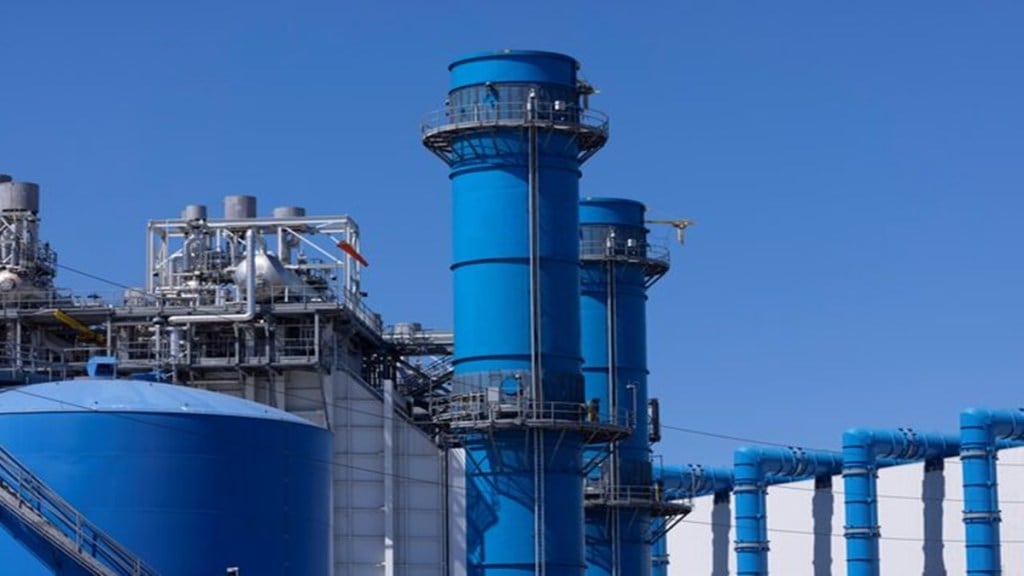India’s natural gas import bill surged by 13% to $15.2 billion during the financial year 2024-25, compared with $13.4 billion in FY24, driven by rising consumption, according to data from the Petroleum Planning and Analysis Cell (PPAC). In March, the import bill increased by approximately 8.3% to $1.3 billion, compared to March 2024.
The country imported 36,699 million standard cubic meters (mmscm) of liquefied natural gas (LNG) during FY25, reflecting a 15.4% increase over FY24.
India’s natural gas consumption rose by 7% to 72,293 mmscm, driven by higher demand from the city gas distribution (CGD), fertiliser, and power sectors. This pushed the country’s reliance on imported gas to 50.8%, up from 47.1% in the same period last fiscal.
Analysts attributed this growth to a combination of rising demand and stabilised global natural gas prices, which had previously surged to record highs in FY23.
Despite the rise in imports, domestic natural gas production declined marginally by 1% to 36,113 mmscm during FY25. State-owned Oil and Natural Gas Corporation (ONGC) produced 18,795 mmscm of natural gas during this period, a decline of almost 3% from 19,316 mmscm in FY24. Production remained below targets, highlighting the widening gap between demand and domestic supply.
One of the key agendas of the government has been to boost domestic production of crude oil and natural gas, and thereby reduce the country’s dependency for energy. However, the domestic production of crude oil and natural gas has remained stagnant and the country’s import dependency has only increased.
In 2022, the sudden outbreak of war between Russia and Ukraine had led to a sharp increase in prices of natural gas in FY23 as a result of which gas lost its cost competitiveness to the alternate fuels. Accordingly, natural gas consumption declined in FY23.
With range-bound prices, analysts expect the consumption to grow in the medium term. Moreover, the Central Electricity Authority expects the country’s power demand to grow at a compound annual growth rate of 7% for the next five years. With renewable energy still not fully operational, the dependency on coal-based and gas-based plants is expected to increase to meet the incremental power demand.
According to the International Energy Agency (IEA), India’s LNG imports are expected to moderate in 2025, with growth projected to slow to 10%, compared to 21% in 2024. This slowdown is attributed to tempered demand growth and continued global competition for LNG cargoes.
The agency has projected an 8% increase in India’s natural gas demand in 2025 (or an additional 6 billion cubic meters), supported by the country’s expanding energy requirements and rapid economic growth.
In 2024, India became the world’s fourth-largest LNG importer, accounting for 7% of global LNG imports. The growth in demand was primarily driven by the industrial and oil refining sectors, followed by residential, commercial, and transport sectors.
Several Indian oil and gas majors are looking to secure more crude oil and LNG from the US. During Prime Minister Narendra Modi’s recent visit to the US, both nations reaffirmed their commitment to expanding energy trade. This move aims to strengthen India’s energy security and establish the US as a leading supplier of crude oil, petroleum products, and LNG to India.
With the Indian government aiming to raise natural gas’s share in the energy mix from 6% to 15% by 2030, greater US gas imports are seen as a positive development, as per analysts.
